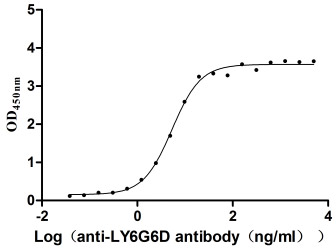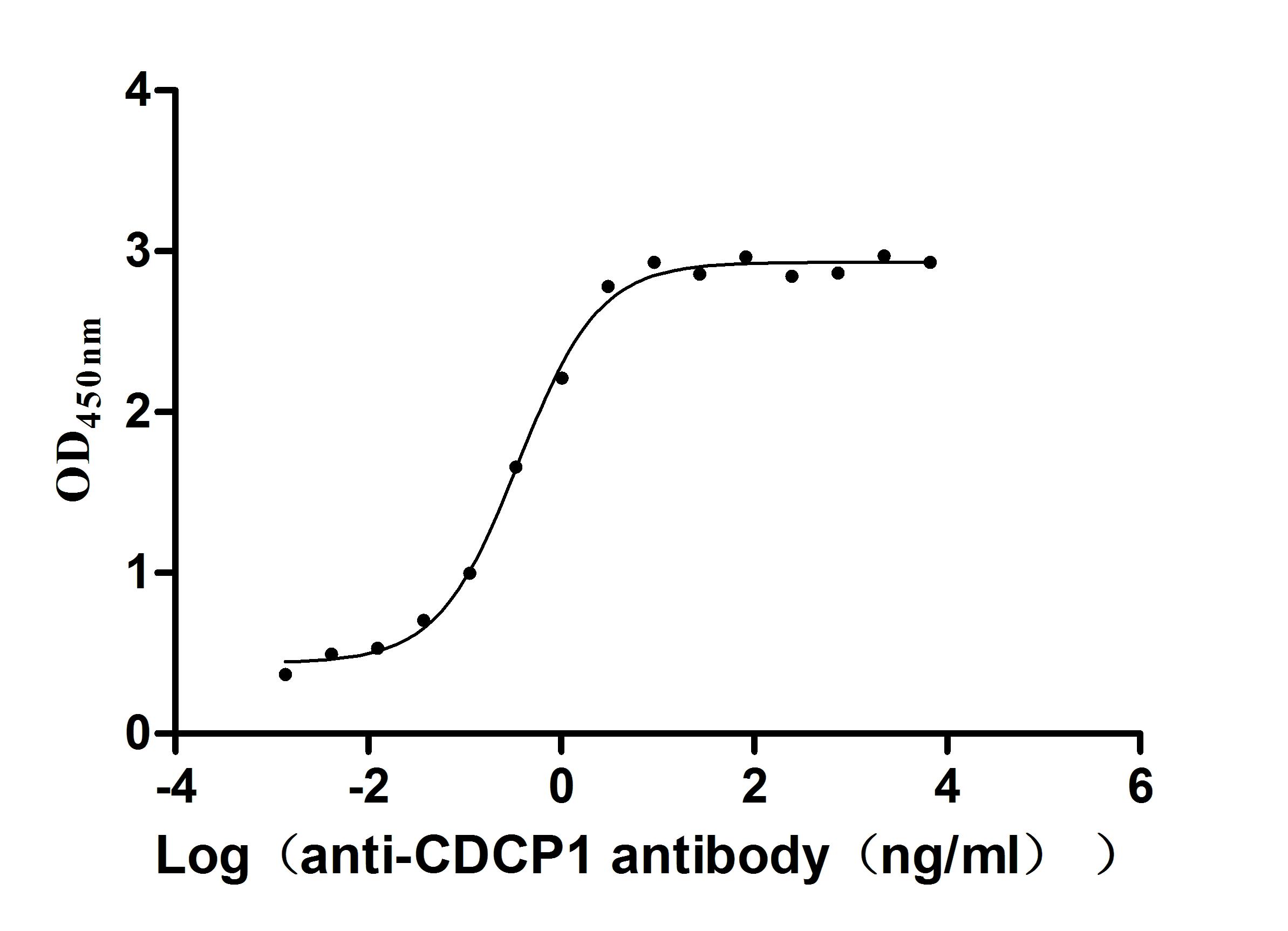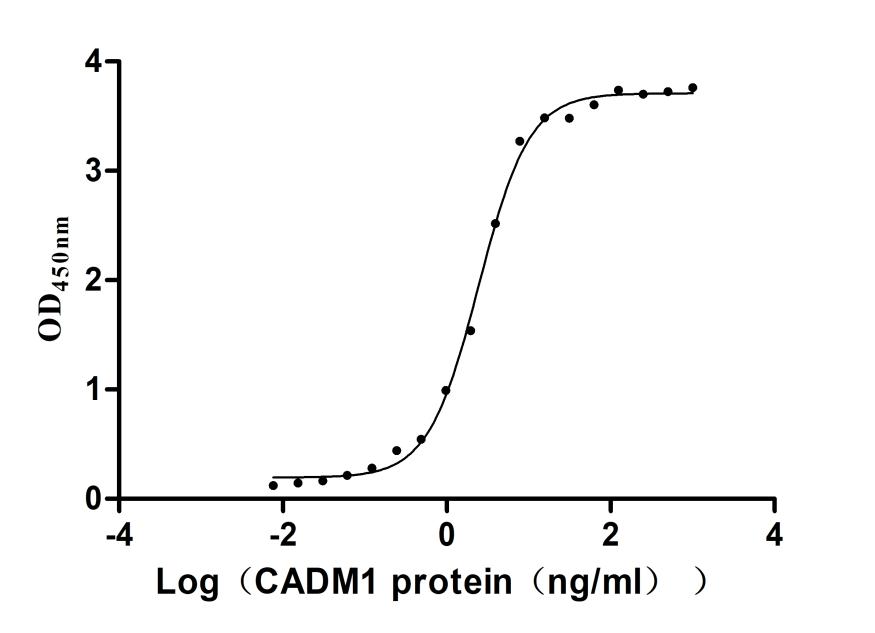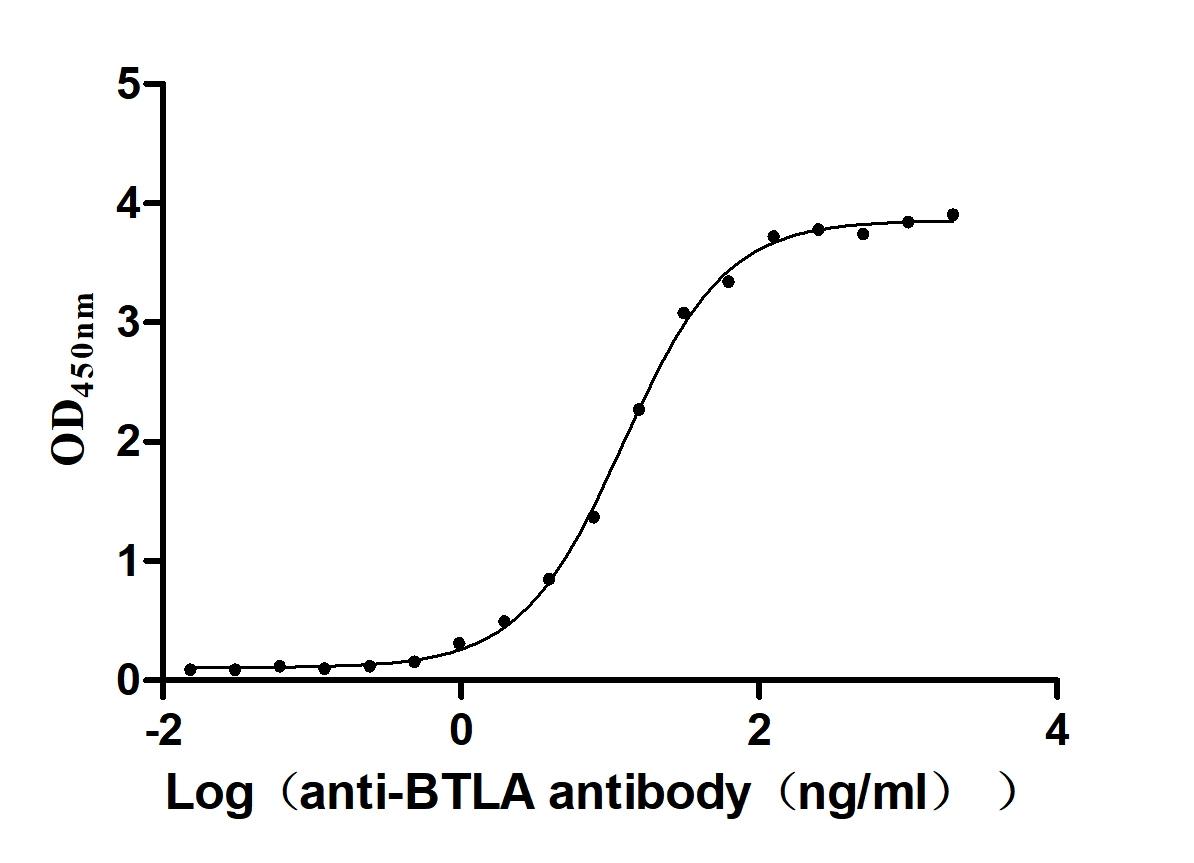Recombinant Rat Free fatty acid receptor 2 (Ffar2), partial
-
中文名稱:大鼠Ffar2重組蛋白
-
貨號:CSB-YP008605RA1
-
規(guī)格:
-
來源:Yeast
-
其他:
-
中文名稱:大鼠Ffar2重組蛋白
-
貨號:CSB-EP008605RA1
-
規(guī)格:
-
來源:E.coli
-
其他:
-
中文名稱:大鼠Ffar2重組蛋白
-
貨號:CSB-EP008605RA1-B
-
規(guī)格:
-
來源:E.coli
-
共軛:Avi-tag Biotinylated
E. coli biotin ligase (BirA) is highly specific in covalently attaching biotin to the 15 amino acid AviTag peptide. This recombinant protein was biotinylated in vivo by AviTag-BirA technology, which method is BriA catalyzes amide linkage between the biotin and the specific lysine of the AviTag.
-
其他:
-
中文名稱:大鼠Ffar2重組蛋白
-
貨號:CSB-BP008605RA1
-
規(guī)格:
-
來源:Baculovirus
-
其他:
-
中文名稱:大鼠Ffar2重組蛋白
-
貨號:CSB-MP008605RA1
-
規(guī)格:
-
來源:Mammalian cell
-
其他:
產(chǎn)品詳情
-
純度:>85% (SDS-PAGE)
-
基因名:
-
Uniprot No.:
-
別名:Ffar2; Gpr43; Free fatty acid receptor 2; G-protein coupled receptor 43
-
種屬:Rattus norvegicus (Rat)
-
蛋白長度:Partial
-
蛋白標(biāo)簽:Tag?type?will?be?determined?during?the?manufacturing?process.
The tag type will be determined during production process. If you have specified tag type, please tell us and we will develop the specified tag preferentially. -
產(chǎn)品提供形式:Lyophilized powder
Note: We will preferentially ship the format that we have in stock, however, if you have any special requirement for the format, please remark your requirement when placing the order, we will prepare according to your demand. -
復(fù)溶:We recommend that this vial be briefly centrifuged prior to opening to bring the contents to the bottom. Please reconstitute protein in deionized sterile water to a concentration of 0.1-1.0 mg/mL.We recommend to add 5-50% of glycerol (final concentration) and aliquot for long-term storage at -20℃/-80℃. Our default final concentration of glycerol is 50%. Customers could use it as reference.
-
儲存條件:Store at -20°C/-80°C upon receipt, aliquoting is necessary for mutiple use. Avoid repeated freeze-thaw cycles.
-
保質(zhì)期:The shelf life is related to many factors, storage state, buffer ingredients, storage temperature and the stability of the protein itself.
Generally, the shelf life of liquid form is 6 months at -20°C/-80°C. The shelf life of lyophilized form is 12 months at -20°C/-80°C. -
貨期:Delivery time may differ from different purchasing way or location, please kindly consult your local distributors for specific delivery time.Note: All of our proteins are default shipped with normal blue ice packs, if you request to ship with dry ice, please communicate with us in advance and extra fees will be charged.
-
注意事項:Repeated freezing and thawing is not recommended. Store working aliquots at 4°C for up to one week.
-
Datasheet :Please contact us to get it.
相關(guān)產(chǎn)品
靶點詳情
-
功能:G protein-coupled receptor that is activated by a major product of dietary fiber digestion, the short chain fatty acids (SCFAs), and that plays a role in the regulation of whole-body energy homeostasis and in intestinal immunity. In omnivorous mammals, the short chain fatty acids acetate, propionate and butyrate are produced primarily by the gut microbiome that metabolizes dietary fibers. SCFAs serve as a source of energy but also act as signaling molecules. That G protein-coupled receptor is probably coupled to the pertussis toxin-sensitive, G(i/o)-alpha family of G proteins but also to the Gq family. Its activation results in the formation of inositol 1,4,5-trisphosphate, the mobilization of intracellular calcium, the phosphorylation of the MAPK3/ERK1 and MAPK1/ERK2 kinases and the inhibition of intracellular cAMP accumulation. May play a role in glucose homeostasis by regulating the secretion of GLP-1, in response to short-chain fatty acids accumulating in the intestine. May also regulate the production of LEP/Leptin, a hormone acting on the central nervous system to inhibit food intake. Finally, may also regulate whole-body energy homeostasis through adipogenesis regulating both differentiation and lipid storage of adipocytes. In parallel to its role in energy homeostasis, may also mediate the activation of the inflammatory and immune responses by SCFA in the intestine, regulating the rapid production of chemokines and cytokines. May also play a role in the resolution of the inflammatory response and control chemotaxis in neutrophils. In addition to SCFAs, may also be activated by the extracellular lectin FCN1 in a process leading to activation of monocytes and inducing the secretion of interleukin-8/IL-8 in response to the presence of microbes.
-
基因功能參考文獻(xiàn):
- up-regulation of GPR43 and GPR120 in response to a high fat diet, is tissue specific PMID: 22178946
- The results suggest that the PYY-containing enteroendocrine cells and 5-HT-containing mucosal mast cells sense SCFAs via the GPR43 receptor. PMID: 16453106
-
亞細(xì)胞定位:Cell membrane; Multi-pass membrane protein.
-
蛋白家族:G-protein coupled receptor 1 family
-
組織特異性:Detected in whole wall and separated mucosa in the distal ileum and colon. Expressed by enteroendocrine cells expressing peptide YY (PYY) (at protein level).
-
數(shù)據(jù)庫鏈接:
Most popular with customers
-
Recombinant Human Macrophage migration inhibitory factor (MIF) (Active)
Express system: Mammalian cell
Species: Homo sapiens (Human)
-
Recombinant Human Tumor necrosis factor ligand superfamily member 8 (TNFSF8), partial (Active)
Express system: Mammalian cell
Species: Homo sapiens (Human)
-
Recombinant Mouse Transthyretin (Ttr) (Active)
Express system: Mammalian cell
Species: Mus musculus (Mouse)
-
Recombinant Human Claudin-6 (CLDN6)-VLPs, Fluorescent (Active)
Express system: Mammalian cell
Species: Homo sapiens (Human)
-
Recombinant Macaca fascicularis lymphocyte antigen 6 family member G6D (LY6G6D) (Active)
Express system: Yeast
Species: Macaca fascicularis (Crab-eating macaque) (Cynomolgus monkey)
-
Recombinant Human CUB domain-containing protein 1 (CDCP1), partial (Active)
Express system: Mammalian cell
Species: Homo sapiens (Human)
-
Recombinant Human Cytotoxic and regulatory T-cell molecule (CRTAM), partial (Active)
Express system: Mammalian cell
Species: Homo sapiens (Human)
-
Recombinant Human B- and T-lymphocyte attenuator(BTLA), partial (Active)
Express system: Mammalian cell
Species: Homo sapiens (Human)


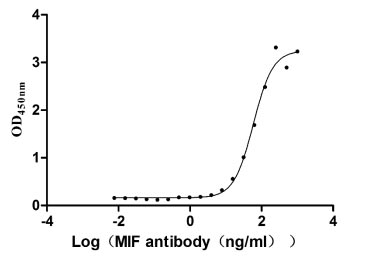
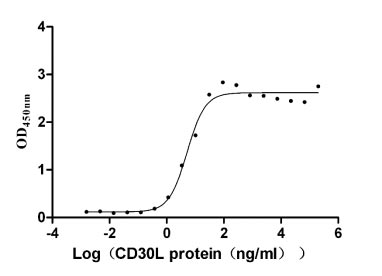
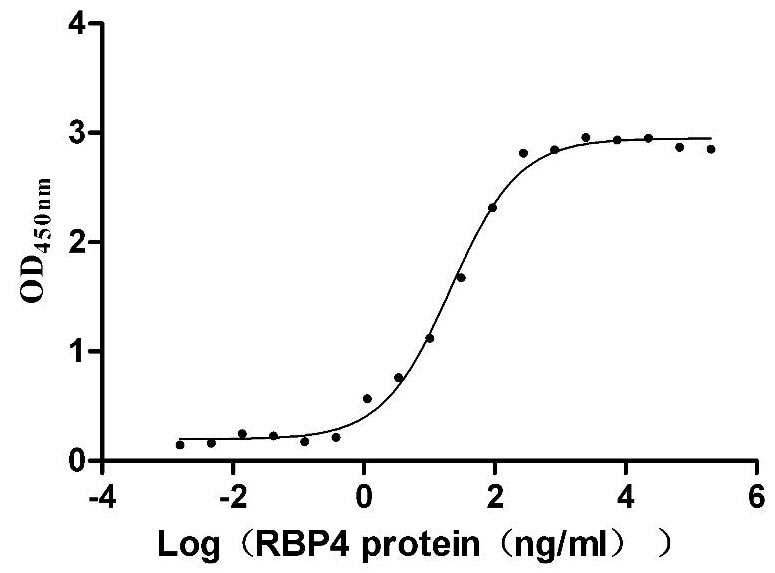
f4-AC1.jpg)
